8 strategies to make selling a home in 2019 less stressful
Whether it's getting a good agent, negotiating right, or simply decluttering, it all helps you get top dollar for your property
Advertisement
Whether it's getting a good agent, negotiating right, or simply decluttering, it all helps you get top dollar for your property
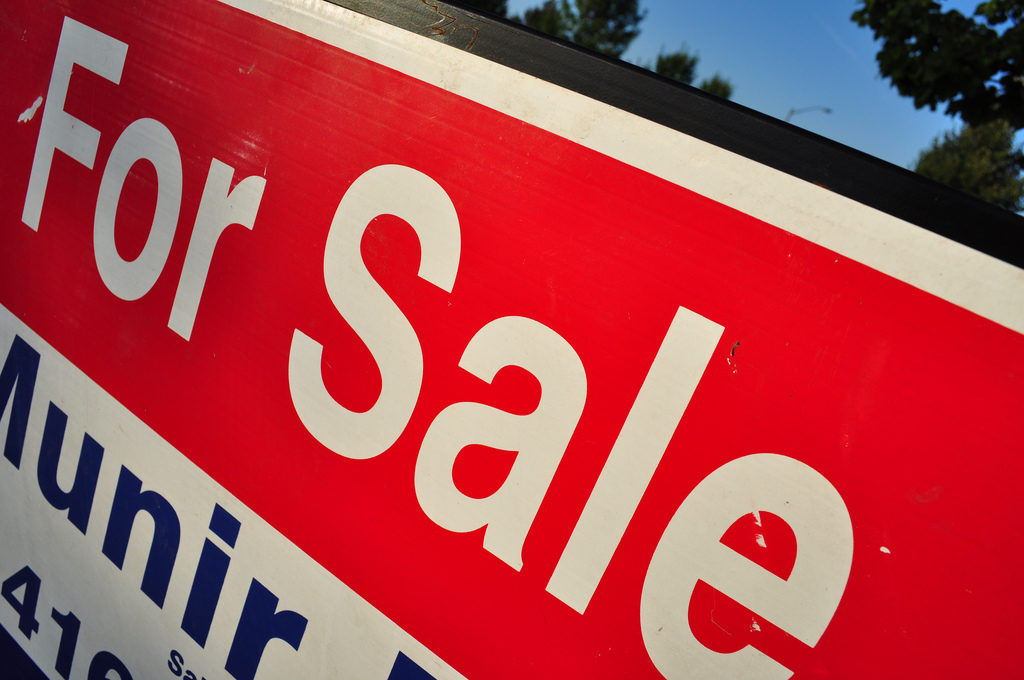
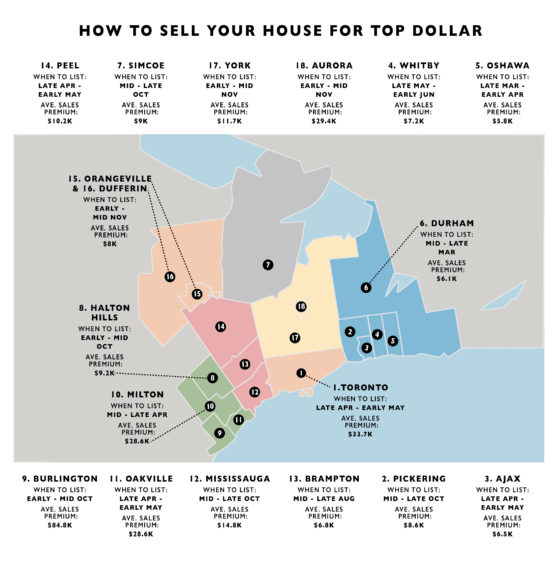 Things change again if you’re selling a condo. For Metro Toronto condo owners, consider waiting to list until October, when the premium for waiting could get you an extra $6,000 on the sale price, on average. The same applies to those selling a condo in Aurora or Burlington. However, property owners selling a condo in Oshawa and Pickering will want to list in the later spring months to try and capitalize on the average premium of $22,400 or $5,300, respectively.
Things change again if you’re selling a condo. For Metro Toronto condo owners, consider waiting to list until October, when the premium for waiting could get you an extra $6,000 on the sale price, on average. The same applies to those selling a condo in Aurora or Burlington. However, property owners selling a condo in Oshawa and Pickering will want to list in the later spring months to try and capitalize on the average premium of $22,400 or $5,300, respectively.
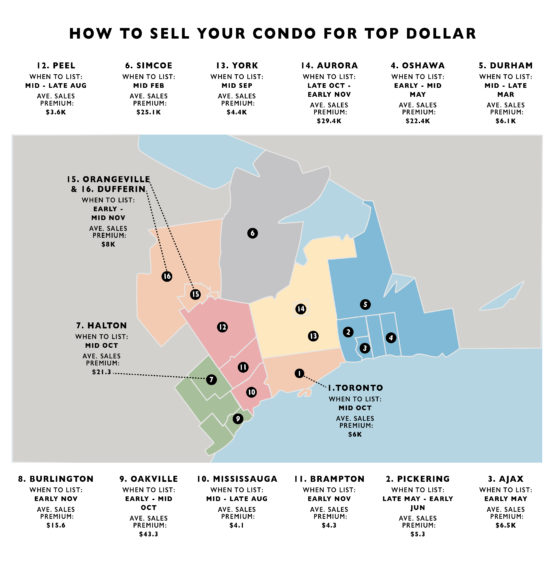 The same rings true for those selling a condo or house in the Greater Vancouver area.
The same rings true for those selling a condo or house in the Greater Vancouver area.
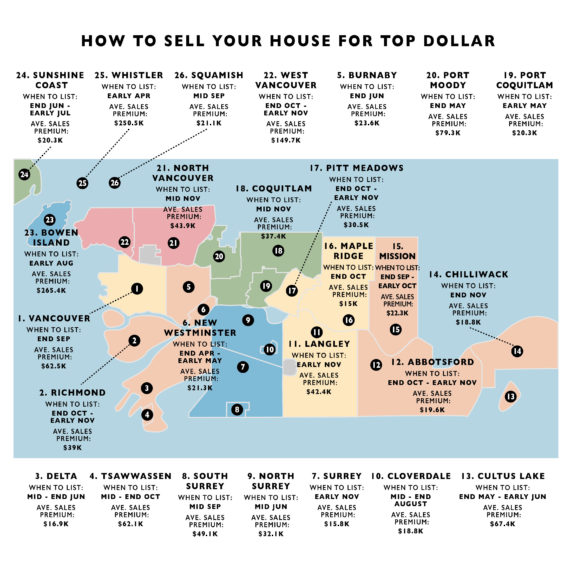
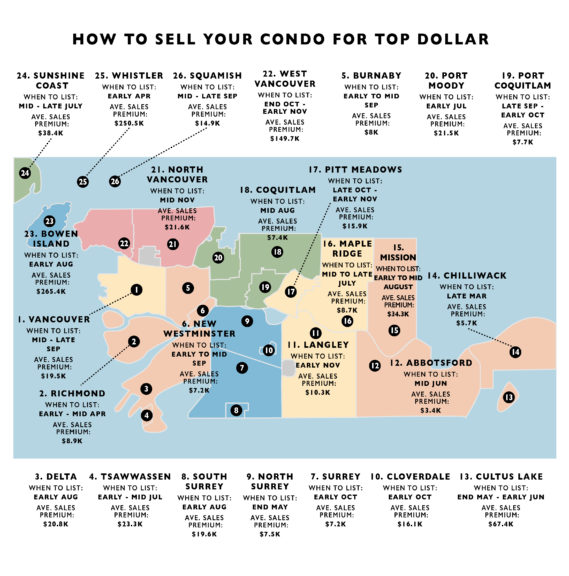 In short, you need insightful, relevant data before sticking a “For Sale” sign on your home.
In short, you need insightful, relevant data before sticking a “For Sale” sign on your home.
Share this article Share on Facebook Share on Twitter Share on Linkedin Share on Reddit Share on Email
Excellent, well balanced article.